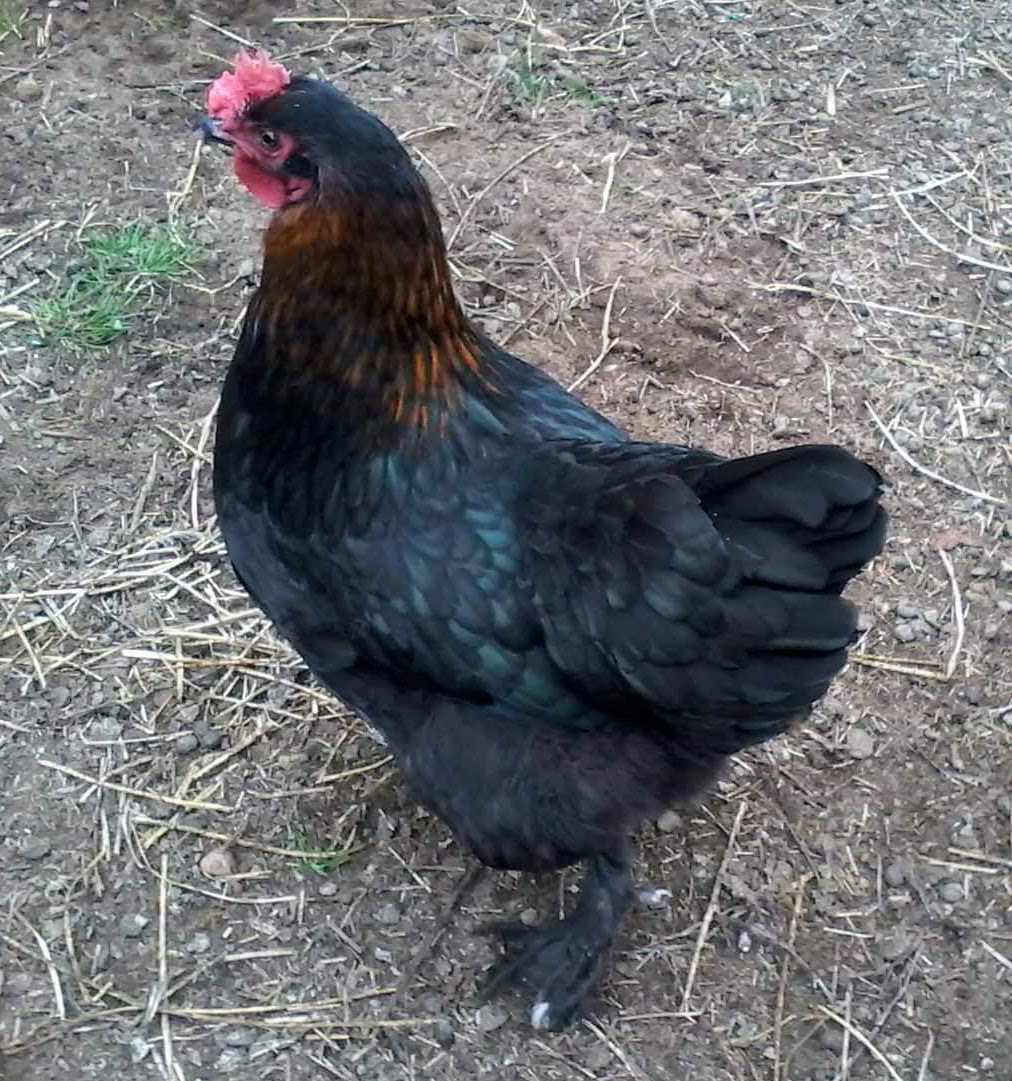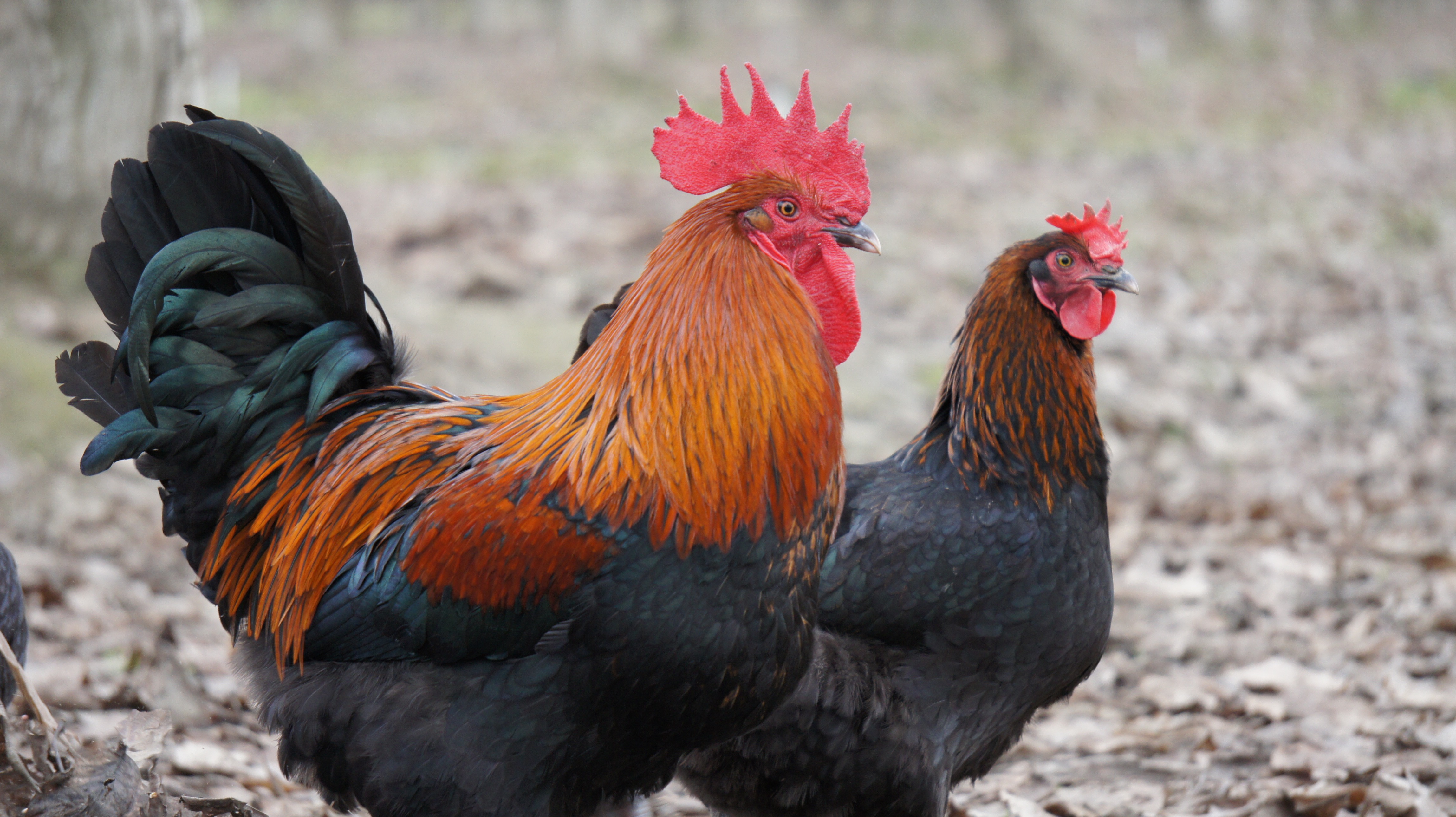

Each year we will continue to select for egg colour and work towards adding more copper into the hen’s hackles. Most of our hens grew dark copper hackles (feathers around the neck) as adults but a few remained darker. We wound up with some beautiful cockerels, but some of those pairings also created a few hens that were over melanized (too dark). In 2018 we bred for darker eggs, improved shank feathering and a darker copper colour in our Black Copper and Blue Copper Marans flock. White Marans: (eggs are not quite as dark as Black Copper Marans) We do not separate chicks by colours at the hatch but sell them as a group, so you would get both colour possibilities whether you pick them up or we ship you hatching eggs.Ĭanadian National Poultry Show Armstrong, BC 2017īlack Copper Marans Cockerel -Best in BreedĬhampion and Reserve Champion Continental Fall Featherfest 2016īlack/Blue Copper Marans grade level 5-7 for egg colour


When you set a dozen Marans eggs you will get mostly white chicks hatching with the possibility of a splash. White and Splash Marans mixed colour breeding pen We do not separate chicks by colours at the hatch but sell them as a group so you would get probably get both colours whether you pick them up or we ship you a dozen eggs. When we set a dozen, Black/Blue Copper Marans eggs you get mostly black chicks hatching with the possibility of a couple of blue Marans chicks. They are active birds but can become lazy if not given enough space.Black Copper and Blue Copper Marans eggs April 2019īlack Copper Marans and Blue Copper Marans mixed colour breeding pen Black Copper Marans have great personalities and generally take confinement well. Hens are good egg layers, laying 3-4 eggs per week or 150-180 per year. Fully grown roosters can weigh an average of 8lbs and hens fully grown can weigh an average of 6.5lbs. Also look out for white spots anywhere.īlack Copper Marans are a dual purpose breed, used for meat and eggs. It is good to have intense copper in these areas, but if any is found in the chest, or back, it is considered bad genetics, so you might want to stay away from mothers who may have these characteristics if you are going to breed your chickens. The black copper marans hen has a nearly completely black body with copper on the head and neck areas, as above. Other parts as you move to the chest and under the wings will also be black, but without as much of a sheen, if any at all. On the lower part of the wings, and tail, there should be all black feathers, with a very prominent green sheen. Then there will be a slightly darker shade of copper on the saddle (swoop of back), and a mix of this darker shade with black feathers as you move towards the wings. One of the more complexly colored roosters, the black copper marans, ideally this has: a continuous shade of copper on the head, and hackle (back and sides of neck). This color is achieved by a coating that is applied in the last part of the laying process, that since it is only on the surface, you can rub it off with a little work. Black Copper Marans lay a beautiful, large to extra-large, chocolate brown egg.


 0 kommentar(er)
0 kommentar(er)
